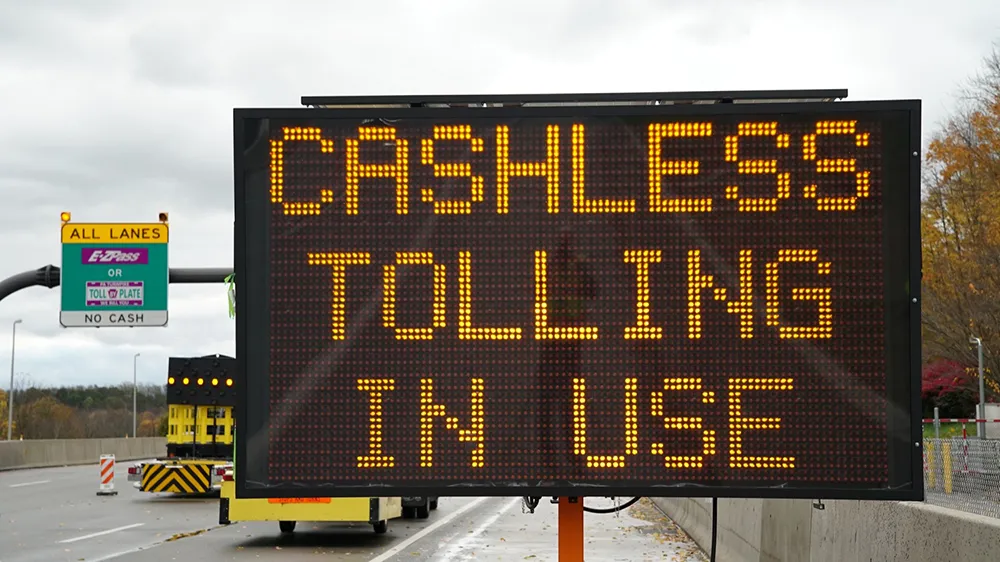US Senator Bernie Sanders is to introduce legislation when the new session of Congress convenes this month to authorise a US$1 trillion, multi-year program to rebuild crumbling roads and bridges and invest in other infrastructure modernisation projects.
The investment not only would begin to address a growing backlog of badly-needed repairs, it also would put 13 million Americans to work at decent-paying jobs, according to Sanders, who will take over this month as the ranking member of the Senate Budget
January 7, 2015
Read time: 2 mins
US Senator Bernie Sanders is to introduce legislation when the new session of Congress convenes this month to authorise a US$1 trillion, multi-year program to rebuild crumbling roads and bridges and invest in other infrastructure modernisation projects.
The investment not only would begin to address a growing backlog of badly-needed repairs, it also would put 13 million Americans to work at decent-paying jobs, according to Sanders, who will take over this month as the ranking member of the Senate Budget Committee.
“America once led the world in building and maintaining a nationwide network of safe and reliable bridges and roads. Today, nearly a quarter of the nation's 600,000 bridges have been designated as structurally deficient or functionally obsolete. Let's rebuild our crumbling infrastructure. Let's make our country safer and more efficient. Let's put millions of Americans back to work,” Sanders said.
The work needs to be done, he said. The5515 American Society of Civil Engineers estimates that US$3.6 trillion would be needed by 2020 simply to get our nation’s infrastructure to a passable condition. More than US$1.7 trillion is needed just to improve US roads, bridges and transit. More than 30 per cent of the nation’s bridges have exceeded their 50-year design life. Almost one-third of America’s major roads are in poor or mediocre condition, and 42 per cent of major urban highways remain congested. In Vermont alone, the civil engineers say more than one-fifth of the paved roads are in poor condition.
As a new session of Congress gears up, Sanders said infrastructure investment is one area that could win bipartisan support in Congress. “There are a number of Republicans who understand that it is vitally important that we rebuild our crumbling infrastructure,” he said.
The investment not only would begin to address a growing backlog of badly-needed repairs, it also would put 13 million Americans to work at decent-paying jobs, according to Sanders, who will take over this month as the ranking member of the Senate Budget Committee.
“America once led the world in building and maintaining a nationwide network of safe and reliable bridges and roads. Today, nearly a quarter of the nation's 600,000 bridges have been designated as structurally deficient or functionally obsolete. Let's rebuild our crumbling infrastructure. Let's make our country safer and more efficient. Let's put millions of Americans back to work,” Sanders said.
The work needs to be done, he said. The
As a new session of Congress gears up, Sanders said infrastructure investment is one area that could win bipartisan support in Congress. “There are a number of Republicans who understand that it is vitally important that we rebuild our crumbling infrastructure,” he said.









